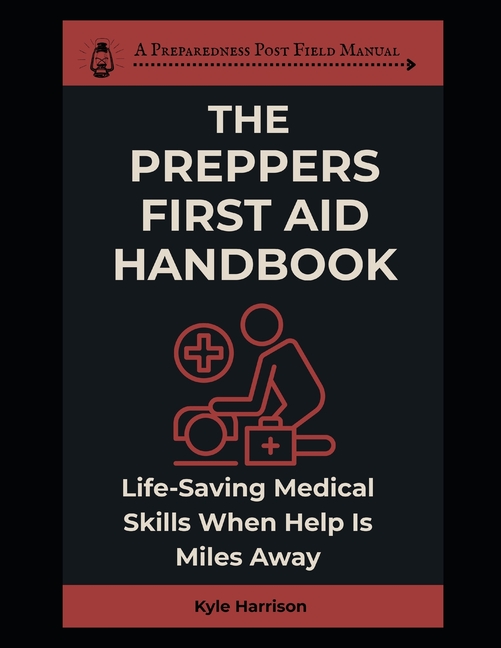Description
I never used to think much about first aid. Back in my twenties, I figured if something went sideways, I'd just dial 911 and that'd be the end of it. I mean, we live in a modern world, right? Ambulances, ERs, hospitals with shiny machines that beep. But then one winter, a buddy of mine wrecked his truck about five miles up a logging road we were working on. No cell service. No ambulance coming. Just him, me, a compound fracture, and a whole lot of snow falling faster than we could shovel it.
That was the day I realized help isn't always right around the corner. Sometimes, it's just you and what you know. That night, with a fire burning and my friend trying not to pass out from the pain, I decided I was never going to be that helpless again. I dove headfirst into learning every bit of medical know-how I could. Not just book stuff either. Real hands-on, blood-under-your-fingernails kind of knowledge. And I've been building on it ever since.
This handbook is for regular folks like me. People who don't wear white coats or have fancy degrees. People who fix their own fences, can their own beans, and might just have to treat a broken leg in the middle of nowhere someday. I'm not here to scare you. I'm here to get you ready. Because the truth is, if things go wrong-whether it's a car wreck, a chainsaw slip, or a storm knocking everything offline-you can't count on someone else showing up in time. But you can count on what you've prepared for.
This ain't a doctor's manual and it sure as heck ain't a substitute for formal medical training. But it is filled with the stuff I've learned from real-life emergencies, backwoods disasters, and too many stubbed toes and split knuckles to count. I'll tell you what I keep in my kits, what I've used, what I wish I'd had, and the mistakes I've made so you don't have to repeat them.
And I'm going to keep it plain. No jargon. No nonsense. Just the kind of talk you'd hear around the fire pit with a cup of coffee in one hand and a bandage in the other.
Let's get into it.
Product Details
- Jun 7, 2025 Pub Date:
- 9798287248765 ISBN-10:
- 9798287248765 ISBN-13:
- English Language




